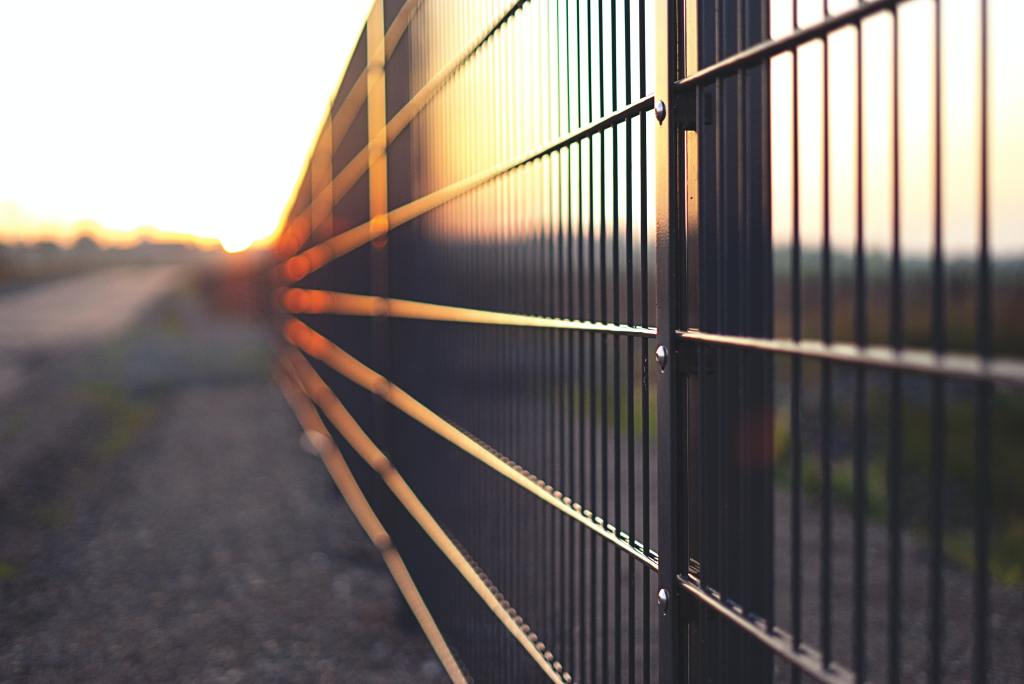
A friend of mine just got his kids to safety. They will be able to sleep again. Many others are still on the run or staying put in difficult circumstances.
Now these kids were in Ukraine, but it could also have been Ethiopia, Afghanistan, Yemen, or several other places.
Globally, well over 80 million people have been forced to leave their homes due to conflict and human rights violations.
The Australian news has shown a narrative of solidarity with refugees in the past few days. This is heart-warming to see and much needed to support those who are affected.
However, there is another side: Australia has a history of detaining people who are seeking asylum. In particular, those arriving by boat.
People seeking asylum by boat have been ‘processed’ offshore on two Pacific islands – Nauru and Papua New Guinea – and if determined to be genuine refugees, they have not been allowed to resettle in Australia. Many have endured multiple years of immigration detention.
The concept of moral injury – the experience of your beliefs of what is right and wrong being transgressed – has gained attention in the trauma literature recently. Being exposed to moral wrongs, or even forced to participate in them, is a terrible type of injury.
Our team wanted to better understand experiences of moral injury and mental health related to immigration detention on Nauru.
It is difficult to speak with the people who are directly affected but we were able to interview 13 refugees who had been medically evacuated from Nauru to Australia. On average they had been detained on Nauru for 14 months, though there was quite a wide range (1 month to 3 years).
We derived the following main themes from the interviews:
- The risk at home and the expectation of getting protection as main reasons to flee to Australia
- The experience of deprivation, a lack of agency, violence, and dehumanization after arrival
- The feeling of being irreparably damaged as a result





